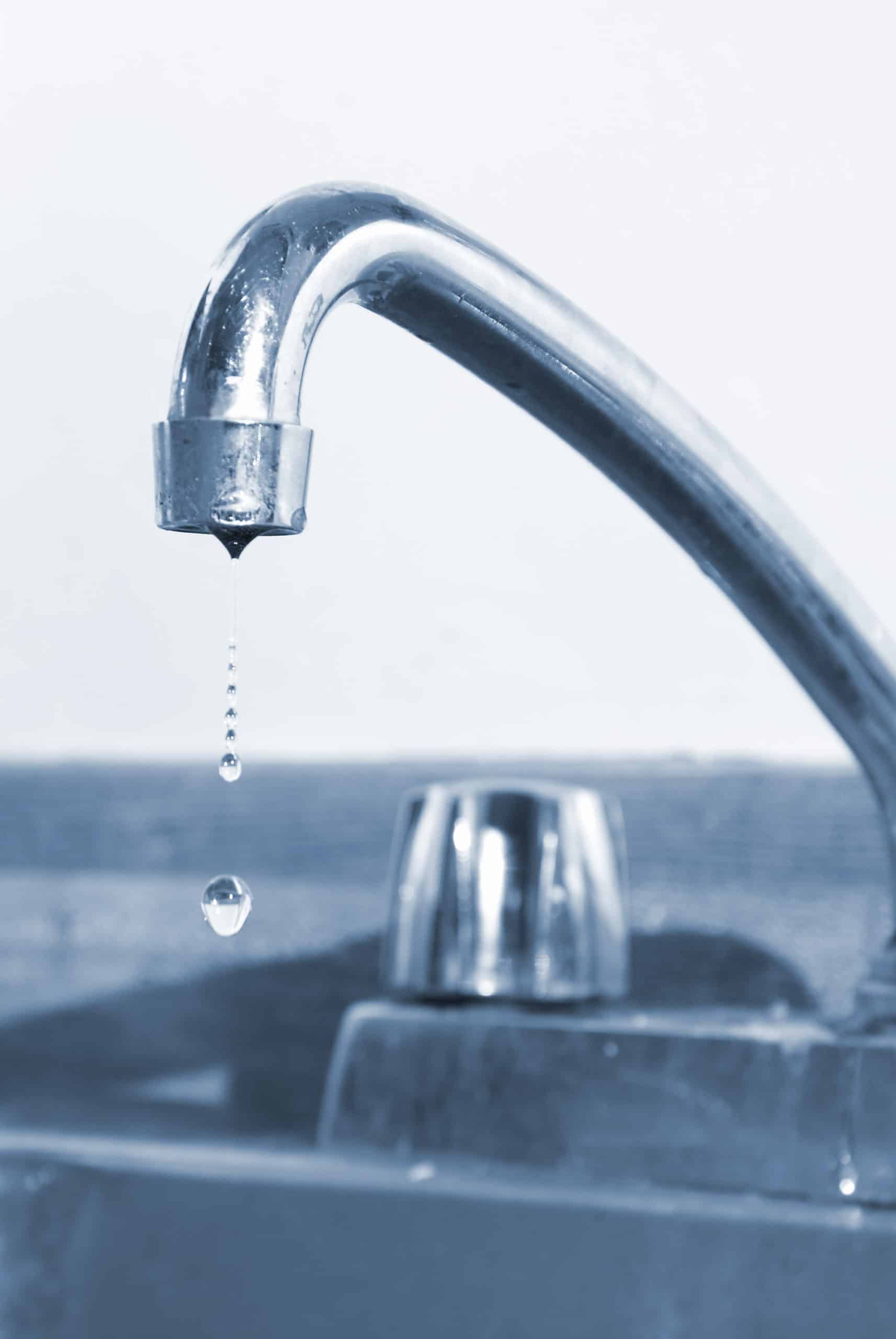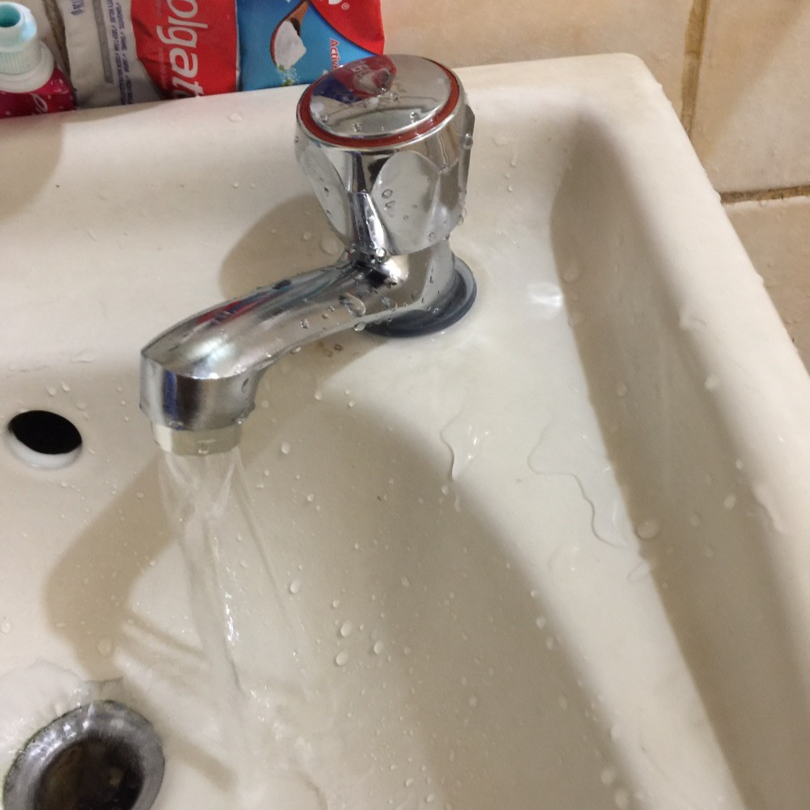The Value of Addressing a Leaking Faucet
The Value of Addressing a Leaking Faucet
Blog Article
Just how do you really feel when it comes to 4 Common Reasons for a Leaky Faucet?

Dripping faucets could seem like a small inconvenience, yet their impact exceeds simply the nuisance of the noise. From drainage to incurring unneeded financial costs and health risks, neglecting a trickling faucet can bring about numerous effects. In this write-up, we'll explore why it's important to address this usual home issue without delay and successfully.
Waste of Water
Environmental Effect
Trickling faucets contribute substantially to water waste. According to the Environmental Protection Agency (EPA), a single faucet dripping at one drip per second can waste more than 3,000 gallons of water annually. This not just strains water sources yet also influences communities and wildlife depending on them.
Financial Expenses
Raised Water Bills
Past the environmental impact, leaking faucets can blow up water expenses considerably. The gathered wastage in time equates into higher energy costs, which could have been prevented with prompt fixings.
Possible Building Damage
In addition, prolonged leaking can cause harm to fixtures and surface areas surrounding the tap. Water accumulation can trigger discoloration, rust, and also structural concerns if left ignored, causing additional repair work expenses.
Health Issues
Mold And Mildew and Mildew Development
The constant visibility of moisture from a leaking faucet produces an optimal setting for mold and mildew development. These fungis not only endanger interior air high quality yet likewise posture wellness risks, specifically for individuals with respiratory problems or allergic reactions.
Waterborne Conditions
Stagnant water in dripping taps can come to be a breeding ground for microorganisms and various other virus, enhancing the danger of waterborne illness. Impurities such as Legionella bacteria thrive in stationary water, potentially bring about significant diseases when consumed or inhaled.
DIY vs. Professional Repair work
Pros and Cons of Do It Yourself Repair Service
While some may attempt to fix a dripping tap themselves, DIY repair services feature their very own set of difficulties. Without correct knowledge and devices, DIY efforts can intensify the issue or cause incomplete repair services, extending the problem.
Advantages of Hiring an Expert Plumber
Working with a professional plumber makes sure that the underlying reason for the leaking tap is addressed efficiently. Plumbers possess the proficiency and devices to diagnose and fix tap issues effectively, conserving time and decreasing the risk of further damages.
Step-by-Step Guide to Repairing a Dripping Tap
Devices Called for
Prior to trying to deal with a leaking faucet, collect the required tools, consisting of an adjustable wrench, screwdrivers, replacement parts (such as washing machines or cartridges), and plumber's tape.
Usual Faucet Issues and Their Solutions
Recognize the kind of tap and the particular concern causing the drip. Usual issues include worn-out washing machines, corroded valve seats, or malfunctioning O-rings. Refer to supplier guidelines or on the internet tutorials for detailed advice on fixings.
Preventive Measures
Routine Maintenance Tips
To avoid trickling faucets, execute routine maintenance such as cleansing aerators, evaluating for leakages, and replacing damaged parts immediately. Furthermore, think about setting up water-saving tools or upgrading to more effective components.
Importance of Prompt Repair Works
Resolving dripping faucets as soon as they're observed protects against further water wastage and prospective damage, eventually saving both water and money in the long run.
Effect On Residential Or Commercial Property Value
Understanding of Well-Maintained Home
Preserving a building in good condition, consisting of resolving upkeep problems like dripping taps, improves its regarded worth and value among possible purchasers or renters.
Impact on Resale Worth
Residences with well-maintained plumbing components, including taps, command greater resale values in the property market. Attending to dripping taps can contribute to a favorable impact throughout property inspections and arrangements.
Environmental Duty
Individual Contribution to Preservation
Taking responsibility for taking care of trickling faucets straightens with broader initiatives towards water conservation and environmental sustainability. Every individual's activities collectively make a substantial influence on preserving precious resources.
Sustainable Living Practices
By prioritizing prompt repair work and embracing water-saving practices, individuals contribute to sustainable living practices that benefit both existing and future generations.
Verdict
Resolving a trickling tap exceeds simple ease; it's a crucial step toward saving water, minimizing financial expenses, and protecting health and property. Whether with DIY fixings or specialist help, doing something about it to repair dripping taps is a little yet impactful means to advertise accountable stewardship of sources and contribute to a much healthier, a lot more sustainable future.
Why Are My Faucets Dripping (And Can I Fix it Myself)?
Causes of a Dripping or Leaking Faucet
Whether you’re hearing drops of water falling and hitting a sink, or noticing water ooze out from the base of the spout, you shouldn’t ignore a dripping or leaking faucet. And, the good news is, sometimes you can fix the problem yourself.
In this article, we’ll review a few common causes of dripping and leaky. We’ll also walk you through some basic ways to find the problem and handle it without calling anyone — and let you know when to call in a pro.
But, no matter what the cause, or whether you can handle it on your own, the sooner you address it, the better.
Each drip may be a tiny amount of water. But, they all add up quickly. According to the U.S. Geological Survey, one faucet losing one drop every 20 seconds — five a minute — wastes around a liter of water every day, and 173 gallons a year.
Add in more than one in your house, and it’s a lot of water to waste. So, we’ll help you get to the bottom of things quickly.
Four Reasons Your Faucet May Be Dripping
Aerator is Damaged or Unseated Valve Seat is Corroded O Ring is Loose or Worn Out Part of the Assembly is Loose Aerator is Damaged or Unseated
If you unscrew the end of your faucet, you’ll find the aerator. It’s the little stem piece with a screen on it that shuts off the water circulation.
If it’s damaged, or if it’s not sitting right, it will allow water to pass through.
Valve Seat is Corroded
Next is the valve seat, which is connected to the washer. If the washer wasn’t in place correctly, then it could have ground against the seat. Over time, this damages the valve seat.
The problem could also be corrosion: Over time, the part has worn out, and it’s now allowing water to pass through.
O Ring is Loose or Worn Out
Since the o ring is only a small rubber gasket, it’s a common reason why the faucet is dripping. You’ll find it at the base of the faucet, and it’s there to keep water from coming out where it’s not supposed to.
However, it’s common for the o ring to wear out over time. When it does, you’ll notice a drip.
Part of the Assembly is Loose
So far, we’ve looked at a few small, specific parts. But, the problem could be anywhere in the assembly if something’s out of place.
Even if a part isn’t damaged, over time, it may have become loose or dislodged. It could be the parts we mentioned, or the aerator at the tip of the faucet, the stem itself,
Can I Fix a Leaky Faucet Myself?
Depending on the problem, and how handy you are, there’s a chance you can fix a leaky faucet without calling a professional. But, you do run the risk of making the problem worse.
If it’s a small drip, you can certainly try a few troubleshooting tactics. We’ll walk you through them in a moment.
But, no matter what, your first step should be shutting off the water coming into the faucet. You should find a shutoff valve under the sink on the pipes leading to it. Turn each one clockwise until they close tightly.
Next, make sure you have the right tools for whatever you’re attempting. It’s tempting to make do with what you have. But, you need the right ones for a reason: You’re often dealing with small parts that can break if you handle them carelessly.
If you’re feeling confident, here are some places to start.
Items Near the Tip of the Faucet
A few of the parts we mentioned — particularly the valve seat and washer — are located at the tip of the faucet where the water comes out. They’re easy to access, making it a good place to start.
Check the O Ring
To check the o ring, you’ll need to take off the spout at the base. It’s easiest on kitchen sinks with long spouts, versus the smaller, bulkier base on most bathroom sinks.
Either way, this can be tricky, so do it carefully and don’t force anything. If it’s not coming right off, you’re much better off calling in a pro than possibly breaking something.
For a kitchen sink, there’s usually a nut or coupling assembly at the base of the spout. These often slide off easily without using any tools.
Once you’ve disassembled those parts, gently but forcefully twist off the spout.
Then, you can see the o rings. There should be two of the rubber gaskets on the base. If they look worn or damaged, replace them, and see if that solves the problem.

We were made aware of that write-up about What Causes Leaky Faucets & How To Fix Them from a pal on a different web address. For those who enjoyed our post if you please consider to share it. Thanks for going through it.
Report this page